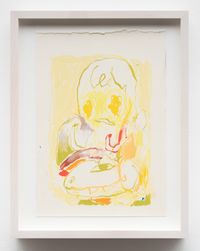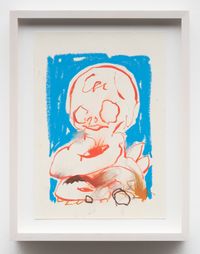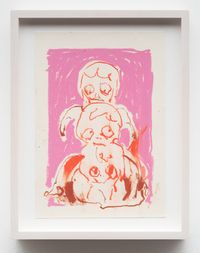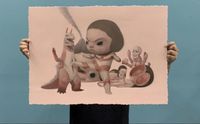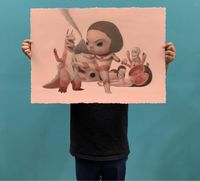For as long as I remember, the answer to this question remains the same: making art. As someone with a strong tendency towards introversion, I knew early on that verbal communication is simply not my forte. Ever since I was a child, visual art has always been the language I am most fluent in and comfortable with.
Read MoreI am blessed to have parents who never seemed to mind that the walls of ther home were covered win crayon doodles. Until now I still bring a sketchbook with me everywhere and I simply cannot imagine an alternative to this habit. I am aware that I cannot always expect everybody to understand me through paintings, but expressing myself with a stroke of a brush proves to be cathartic.
That being said, it is true that my works contain a set of idioms that are very personal to me. I have always found it easier to pick up inspirations from my past experiences as it helps me approach my paintings with a sense of truth. My works are like a mirror in which I see a reflection of myself. Very often it is where I would criticize the undoing of my past self as well as impart some hopes to my future self.
Still, at the same time, I enjoy challenging myself to create works that can trigger an emotional response from other people. That is why I leave cues and symbolisms, as a conversation starter. Everyone has their own interpretations and I love it when people attempt to decipher the perplexing images. All of this is part of the human experience that affects the concept and visual aspects of my works.
My style evolves in line with my experiences, references, and environment. However the iconography remains the same: little children, pop culture icons, mythological creatures, panoramic natural landscape, dreamlike scenes - in snort, pop surrealism.
Pop surrealism, with its contradictions and absurdities continue to be my approach towards harmonious balance. I suppose, I am now at this point in my career where can safely assume certain trademarks - or forces - in my works. Pop surrealism as the visual genre and personal reflections as the object of my artistic pursuit.
Text courtesy Almine Rech.
